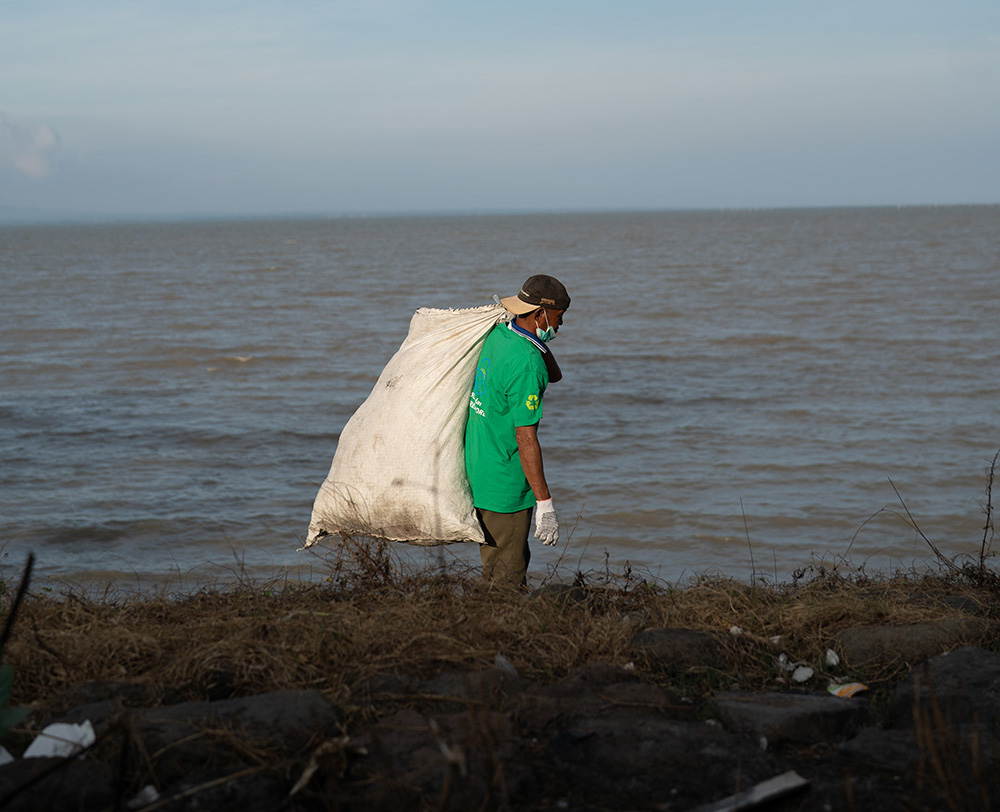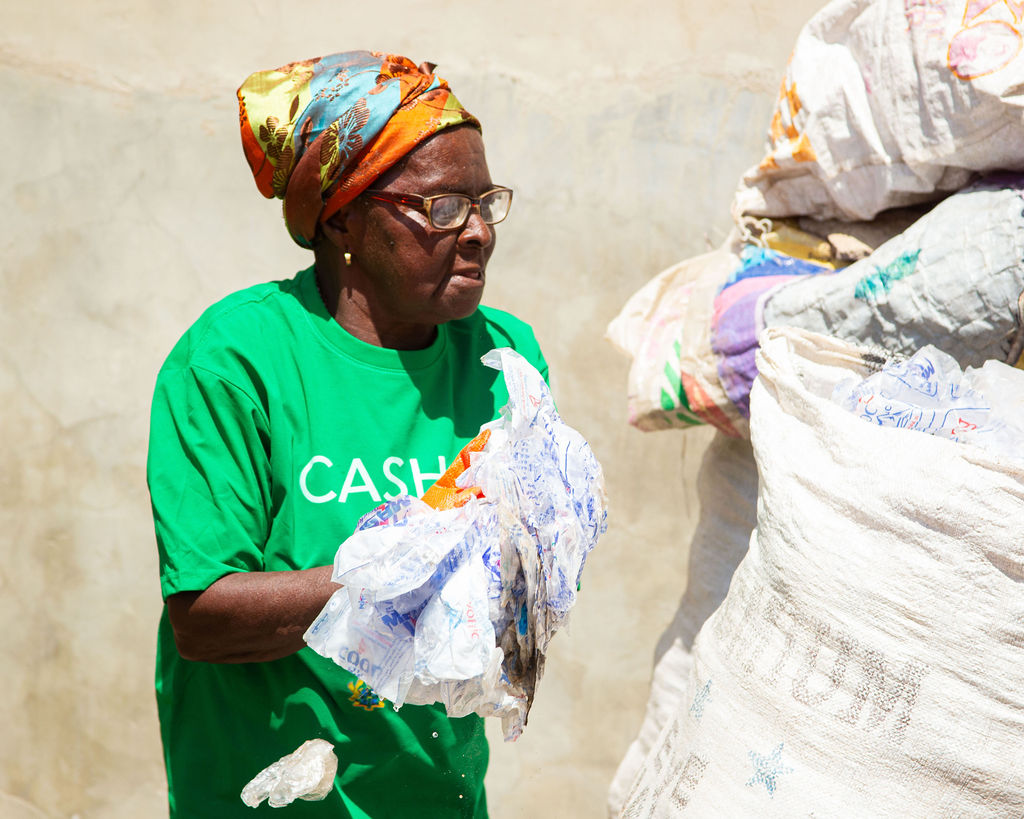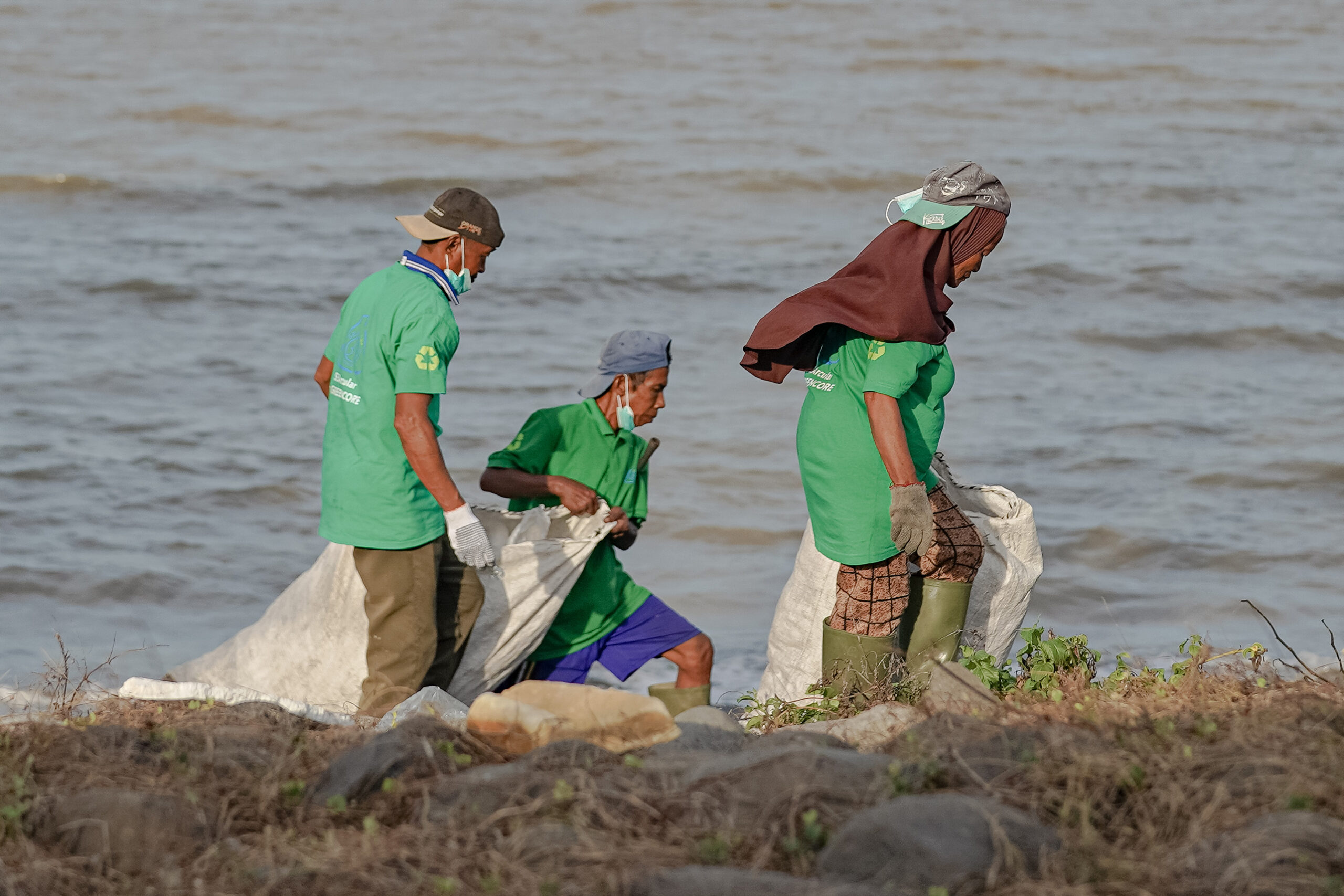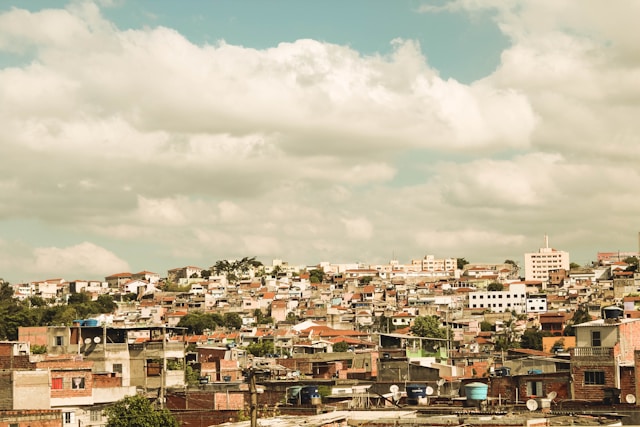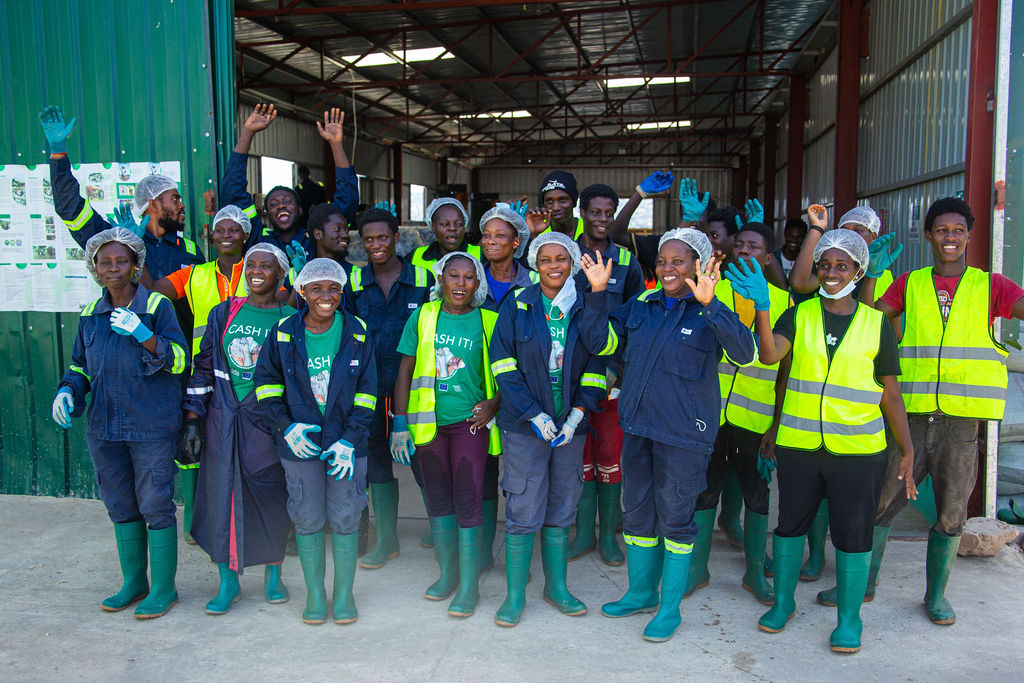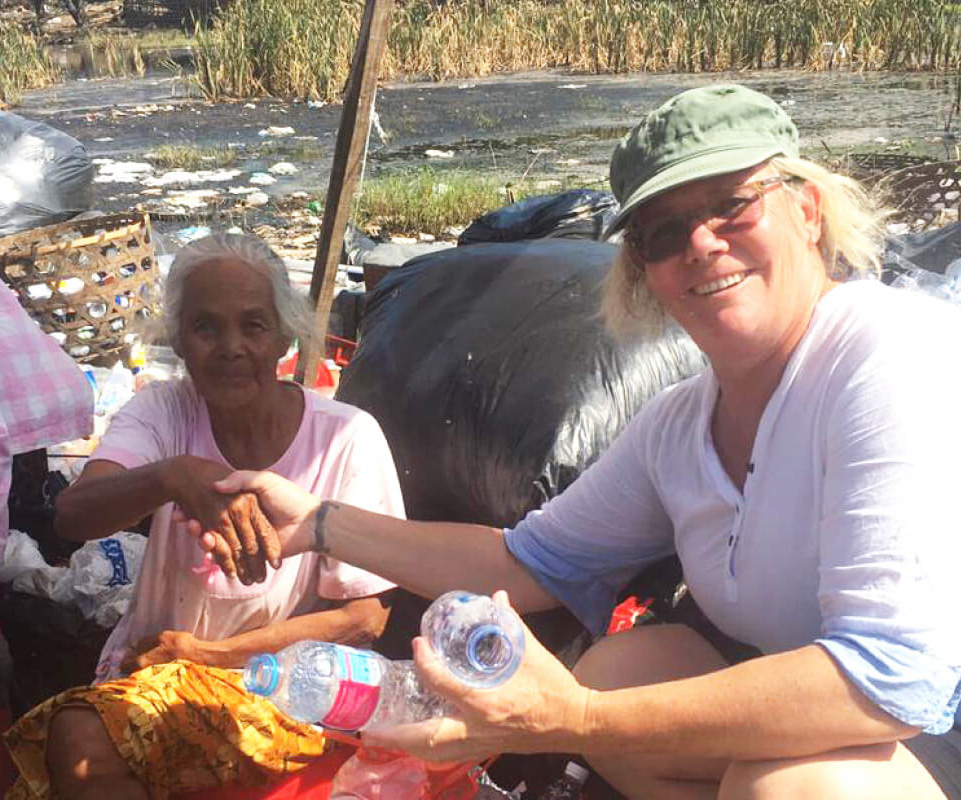Every year on November 15th, the U.S. observes America Recycles Day, a positive moment celebrating household recycling efforts. But what if this day is only telling half the story? What if the most critical gap isn’t whether consumers rinse and sort, but whether the recovery systems exist globally to close the loop?
In other words: recycling feels good, but if you haven’t built the infrastructure behind it, you’re just celebrating a good intention.
The celebrated recycling narrative
On America Recycles Day, the message is simple: “Recycle your plastic, paper, glass.” And yes, household sorting matters. But focusing only on that is like applauding the tip of an iceberg while ignoring the 90% beneath the water.
Waste generation is exploding globally
- According to the United Nations Environment Programme (UNEP) report Global Waste Management Outlook 2024, municipal solid waste (MSW) is expected to grow from over 2.1 billion tonnes in 2023 to more than 3.8 billion tonnes by 2050.1
- The same report highlights that in 2020 the direct global cost of waste management was estimated at USD 252 billion with “hidden costs” (pollution, health, climate) bringing that number to USD 361 billion. Without intervention, annual costs could hit USD 640 billion by 2050.1
- A new study estimates around 52 million metric tonnes of plastic spill uncontrolled into the environment every year. This represents more than 20% of all municipal-source plastic waste in 2020.2
Collection is the weak link
- The International Finance Corporation (IFC) reports that 2 billion people lack access to basic municipal solid waste collection services, and in low-income countries over 90% of waste is openly dumped or burned.3
Even if you recycle perfectly at home, much of the world can’t and so plastic leakage continues unchecked.
Recycling is not the same as recovery
- Organisation for Economic Co‑operation and Development (OECD) modelling suggests global recycling could rise from 9.5% in 2020 to 42% in 2040 with aggressive policy action.4 But that’s a future scenario. Today, most plastic still never enters a recycling system.
- Macro-plastics (pieces less than 0.5 mm) made up 88% of global plastic leakage to the environment in 2019, equivalent to 20 million metric tons.5 The point: recycling alone cannot fix leakage if collection, recovery, and infrastructure are missing.
Even if plastic is sorted and sent for recycling, often the infrastructure or market for that recycled plastic doesn’t exist or the material degrades, gets down-cycled, or ends up exported. This is why we need a narrative shift: from “how to recycle my plastic” to “how to ensure my plastic is collected, recovered, and genuinely returned to the economy.”
Why “Recycling Day” celebrations hide a critical plastic recovery gap
It focuses on the end-of-pipe (recycling) rather than the front-line (collection + recovery)
When companies or campaigns highlight bins, drop-offs, and curb-side sorting, the message is: you, the consumer, can make a difference. That’s true, but incomplete. The larger difference happens before that: in ensuring plastic waste is captured in the first place and enters a system that can process and reuse it.
It overlooks the invisible workforce
The plastic that does get recovered often relies on informal systems, such as waste-pickers, manual collectors, under-resourced municipalities. Yet these are rarely part of the mainstream “recycling day” conversation. The story is incomplete if we ignore who collects the plastic, where it goes, and how it’s processed.
It ignores plastic collection credits
If the goal is circular plastic, then the finance flows need to follow the actual recovery. A new approach: plastic collection credits, where brands and organisations fund recovery in regions where plastic is being lost, are rarely mentioned in mainstream recycling campaigns. But they are key to bridging the gap between good intention and actual recovery.
Plastic collection credits: The shift we’ve been waiting for
What are plastic collection credits?
They’re mechanisms by which a brand or organisation funds the collection and processing of plastic waste in underserved geographies. This effectively pays for plastic that would otherwise leak into the environment. They verify the quantity of plastic collected and ensure it gets back into circulation (or safely disposed) rather than being lost.Why they matter
Plastic collection credits:- make recovery audited and measurable
- support collection infrastructure where it doesn’t exist
- align recycling messaging with real-world plastic flows
- empower consumers to support certified recovery programs through purchase-driven impact
- address the invisible portion of the plastic footprint, the part at highest risk of leakage
This is how brands can support circular plastic solutions, not just recycling.

Frontline players in certified plastic recovery
Here’s where the story becomes real with your certified recovery partners.
SEArcular, certified plastic recovery in Indonesia
SEArcular operates in Southeast Asia, one of the world’s highest-risk regions for plastic leakage. They run certified plastic-collection and processing systems, intercepting plastic long before it enters rivers or the ocean. Their operations are independently verified for environmental integrity and social responsibility, a fact often missing from mainstream recycling narratives.
ASASE, certified plastic recovery in Ghana
Based in West Africa, ASASE develops plastic-collection and processing infrastructure in places where formal systems are limited or non-existent. Their work demonstrates that closing the loop on plastic requires more than recycling capacity in wealthy nations. It requires building verified recovery systems in underserved geographies.
How these programs are certified: Verra, Social+ Protections, and OBP
Both SEArcular and ASASE operate under independent, globally recognised certification systems that ensure every tonne of plastic recovered is real, traceable, and ethically produced.
- Verra’s Plastic Waste Reduction Program (Plastic Program):
The leading global standard for issuing Plastic Credits. Verra ensures plastic is actually collected, additional (wouldn’t have happened without funding), and verified by accredited third-party auditors with transparent, traceable data. - Social+ Protections:
An enhanced set of social safeguards that guarantee safe working conditions, fair wages, no forced or child labour, and inclusive labour practices, ensuring recovery activities support, not exploit, the workers who make circularity possible. - Ocean Bound Plastic (OBP) Certification:
Confirms that recovered plastic comes from high-risk leakage areas (typically within 50 km of coastlines or unmanaged waste zones) and that collection is done responsibly with documented chain of custody.
Certified recovery programs such as SEArcular and ASASE give brands a pathway to credible, audited, measurable plastic recovery.

What brands, policymakers & plastic consumers should do now
For brands dealing with plastic
- Go beyond “percentage recycled”: aim for metrics like “tonnes of plastic collected via verified recovery”.
- Invest in plastic collection credits especially in geographies where collection is weak and plastic leakage is high.
- Audit your plastic footprint globally, not just domestically. Ask yourself where your packaging is produced? Where might it leak?
For policymakers
- Support policies that fund collection and recovery in underserved regions, not just processing/recycling infrastructure.
- Incorporate plastic collection credits into extended producer responsibility (EPR) frameworks: make sure plastic isn’t someone else’s burden.
- Improve transparency of plastic flows, track where plastic is produced, consumed, collected, processed, and leaked.
For consumers
- Recognise that recycling your bottle is good but ask: “What happens to it next?”
- Support brands that transparently invest in global plastic recovery, especially in regions with weak collection infrastructure.
- Advocate for recovery systems: tell your favourite brand you want them to fund collection where it’s missing.
On America Recycles Day, we applaud bins, blue bags, and sorting instructions. But when we talk about plastic, that celebration is only half the job. The real job is collecting the plastic in the first place, recovering it, and keeping it in circulation instead of letting it leak into the environment.
Recycling shows what’s possible. But plastic-collection and recovery are what’s urgent. With tools like plastic collection credits and organisations like SEArcular, ASASE, paired with Social+ protections the path becomes visible: move beyond celebrating the bin to investing in systems that truly close the loop.
Sources:
- “Global Waste Management Outlook 2024,” UNEP, February 28, 2024 https://www.unep.org/resources/global-waste-management-outlook-2024
- Leigh Krietsch Boerner, “52 million tons of plastic slips into the environment every year,” Chemical and Engineering News, September 11, 2025, https://cen.acs.org/environment/pollution/52-million-tons-plastic-slips/102/web/2024/09
- “IFC: A Solution Provider for Sustainable Waste Management,” International Finance Corporation, October 18, 2024, https://www.ifc.org/en/insights-reports/2024/ifc-a-solution-provider-for-sustainable-waste-management
- “Policy Scenarios for Eliminating Plastic Pollution by 2040,” OECD, October 2, 2024, https://www.oecd.org/en/publications/policy-scenarios-for-eliminating-plastic-pollution-by-2040_76400890-en.html
“Plastic pollution issues,” IUCN, May 2024, https://iucn.org/sites/default/files/2024-05/plastic-pollution-issues-brief-may-2024-update.pdf
